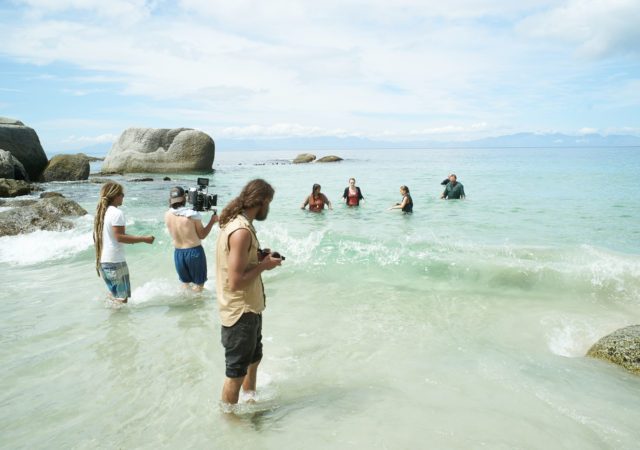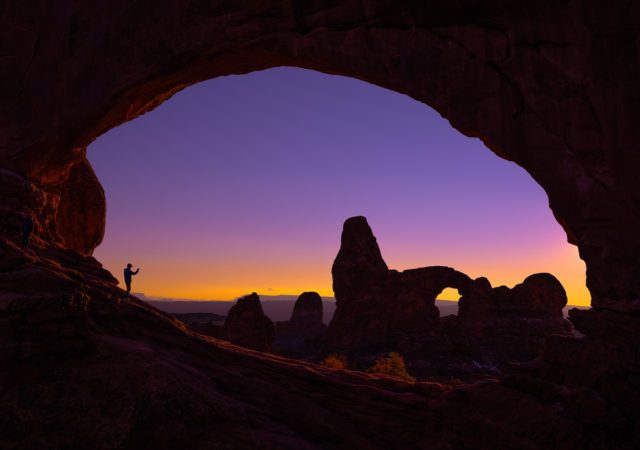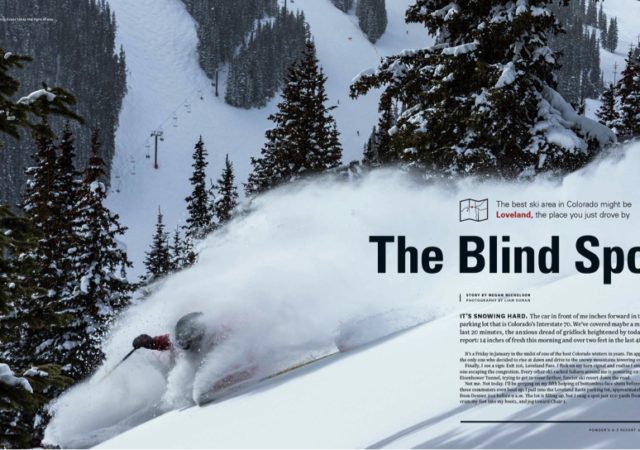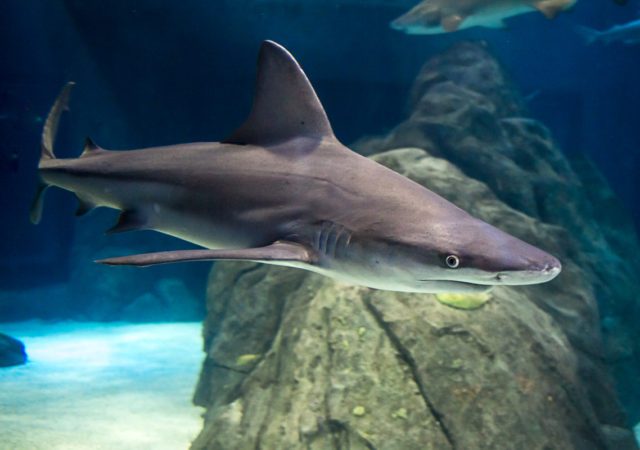Mark Atkins, DP for SyFy’s “Monster Island” talks about the role Sigma Cine lenses played in bringing this “Mockbuster” to life.
Being a Good Land Steward as a Photographer
Sigma Ambassador Darren White talks about the responsibility of photographers to tread lightly and be respectful of nature while pursuing stunning photographs
Summer Fun with the Sigma 24-35mm Art Lens
This has been a summer of fun and exploration. Going to different places, and seeing things with new eyes makes me feel alive. I was lucky enough to have a Sigma 24-35mm F2 Art lens along for the ride. This lens is so…
Negative Space for Editorial Photography using Sigma Lenses
Action sport photographer, Liam Doran, shows how he uses Sigma lenses when he shoots editorial photos with negative spaces.
Photos at the Aquarium: Tips and Tricks
Editor’s Note: This article primarily features the SIGMA 24-35mm F2 DG HSM | Art lens, which has since been discontinued from SIGMA’s Art lineup. Aquariums present a number of challenges for photographers hoping to make keepsake photos of a visit…
Top 5 Posts of 2015!
It has been another banner year here at Sigma, between product announcements, awards, and events from coast to coast! Here are the most popular blog postings in 2015!
Sigma 24-35mm F2 DG HSM | A in the field
By Stan Trzoniec As an outdoor writer / photographer working for close to a dozen monthly publications and books, I’m always looking for new equipment to do my job better. One of the newer items to cross my path is…
Sigma Art Lenses for Razor Sharp Detail
Sigma Art lenses are renowned for razor-sharp detail on the focal plane, even at widest apertures.
Sigma 24-35mm F2 DG HSM | Art: Hands-On Sneak Peek
The Sigma 24-35mm F2 DG HSM | Art is the world’s first full-frame zoom lens with a constant F2 maximum aperture, and its 1.45x zoom range manages to bridge three of the most popular wide angle fixed focal lengths for lenses: 24mm, 28mm and 35mm. The zoom range is subtle, but the compositional effects are noticeable as the smooth zoom ring shifts the field of view from 24mm through to 35mm.






